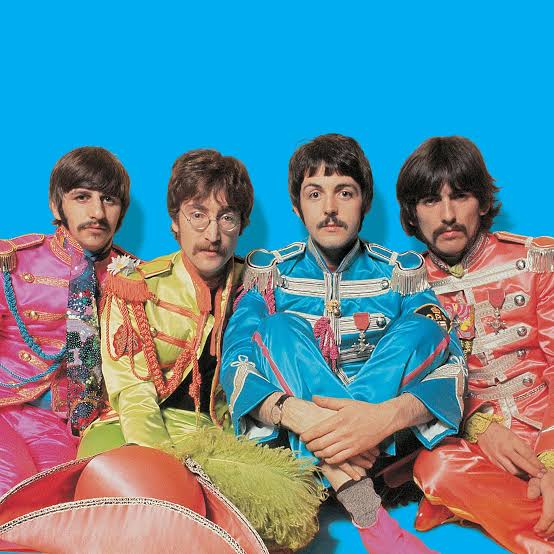In the age of social media, the term “going viral” often refers to a piece of content spreading rapidly across the internet. But long before Instagram and TikTok, a small band from Liverpool managed to achieve a level of global fame that would be the blueprint for “going viral” in the 1960s. The Beatles, one of the most iconic bands in history, burst onto the American scene in 1964 in a way that could only be described as a viral sensation. But how did it all happen?
The Origins of Beatlemania
Before 1964, The Beatles were already making waves in the UK, with a string of hit singles and a growing fan base. Their charm, catchy tunes, and distinctive style had captivated the British public, but the United States remained largely uncharted territory for the Fab Four. That all changed when Capitol Records, which initially passed on releasing The Beatles’ music, finally took a chance on the group, promoting their single “I Want to Hold Your Hand” in late 1963.
However, it wasn’t just Capitol Records’ eventual support that sparked the phenomenon known as Beatlemania. The story behind The Beatles’ viral rise in America is filled with unexpected twists, grassroots efforts, and a perfect storm of media frenzy.
The Power of the Teen Fanbase
While Capitol Records’ promotion was essential, it was the enthusiasm of young fans that truly ignited The Beatles’ American success. In December 1963, a 15-year-old girl named Marsha Albert from Washington, D.C., played an unwitting but pivotal role in The Beatles’ American invasion. After seeing a report on CBS News about the Beatlemania sweeping England, she wrote to her local radio station, WWDC, asking them to play The Beatles’ music. The station’s DJ, Carroll James, managed to get his hands on a copy of “I Want to Hold Your Hand,” and after playing it on air, the response was overwhelming.
Listeners couldn’t get enough of the song, and requests flooded the station. Soon, other radio stations across the country picked up the track, and by January 1964, The Beatles had their first U.S. hit. This grassroots demand for their music caught Capitol Records somewhat off guard but ultimately led to a full-scale promotional campaign just in time for The Beatles’ planned visit to the United States.
### The Ed Sullivan Show: The Ultimate Viral Moment
The real explosion of Beatlemania in America came on February 9, 1964, when The Beatles made their debut on *The Ed Sullivan Show*. The appearance was a cultural milestone, watched by an estimated 73 million people—nearly 40% of the U.S. population at the time. The performance captivated the nation, introducing John, Paul, George, and Ringo to an audience that had never seen anything quite like them.
But why did this appearance make such a massive impact? Timing was everything. In the early 1960s, the United States was grappling with the aftermath of President John F. Kennedy’s assassination. The nation was in mourning, and many were seeking an escape from the grim news cycle. The Beatles’ infectious energy, mop-top haircuts, and fresh sound provided a much-needed dose of joy and optimism, making their arrival perfectly timed for a country eager for something new and uplifting.
Media Frenzy and Merchandise
As the demand for everything Beatles-related skyrocketed, the media couldn’t get enough of them. Every newspaper, magazine, and TV station wanted a piece of The Beatles, further fueling their fame. Coverage of their every move, from their arrival at JFK Airport to their concerts and even their off-stage antics, kept them in the spotlight and in the hearts of fans.
The Beatles’ popularity wasn’t just about their music—it was a full-blown cultural phenomenon. Merchandise flooded the market, from Beatle wigs and lunchboxes to posters and even bubblegum cards. The band became a brand, and their likenesses were everywhere, ensuring that Beatlemania wasn’t just a fleeting craze but a movement.
The Legacy of Going Viral Before the Internet
The Beatles’ rise in 1964 set the stage for how artists would strive to capture the public’s attention in the decades to come. They didn’t just become famous—they became a part of the fabric of American culture. Their success in going viral without the internet is a testament to the power of music, timing, and the influence of a passionate fanbase.
In many ways, the story of The Beatles’ American invasion is one of the earliest examples of viral marketing, even if it wasn’t called that at the time. Their journey from a small band in Liverpool to global superstars in a matter of months remains one of the most surprising and significant stories in music history.
As we look back on that monumental year, it’s clear that The Beatles didn’t just go viral—they changed the world.
